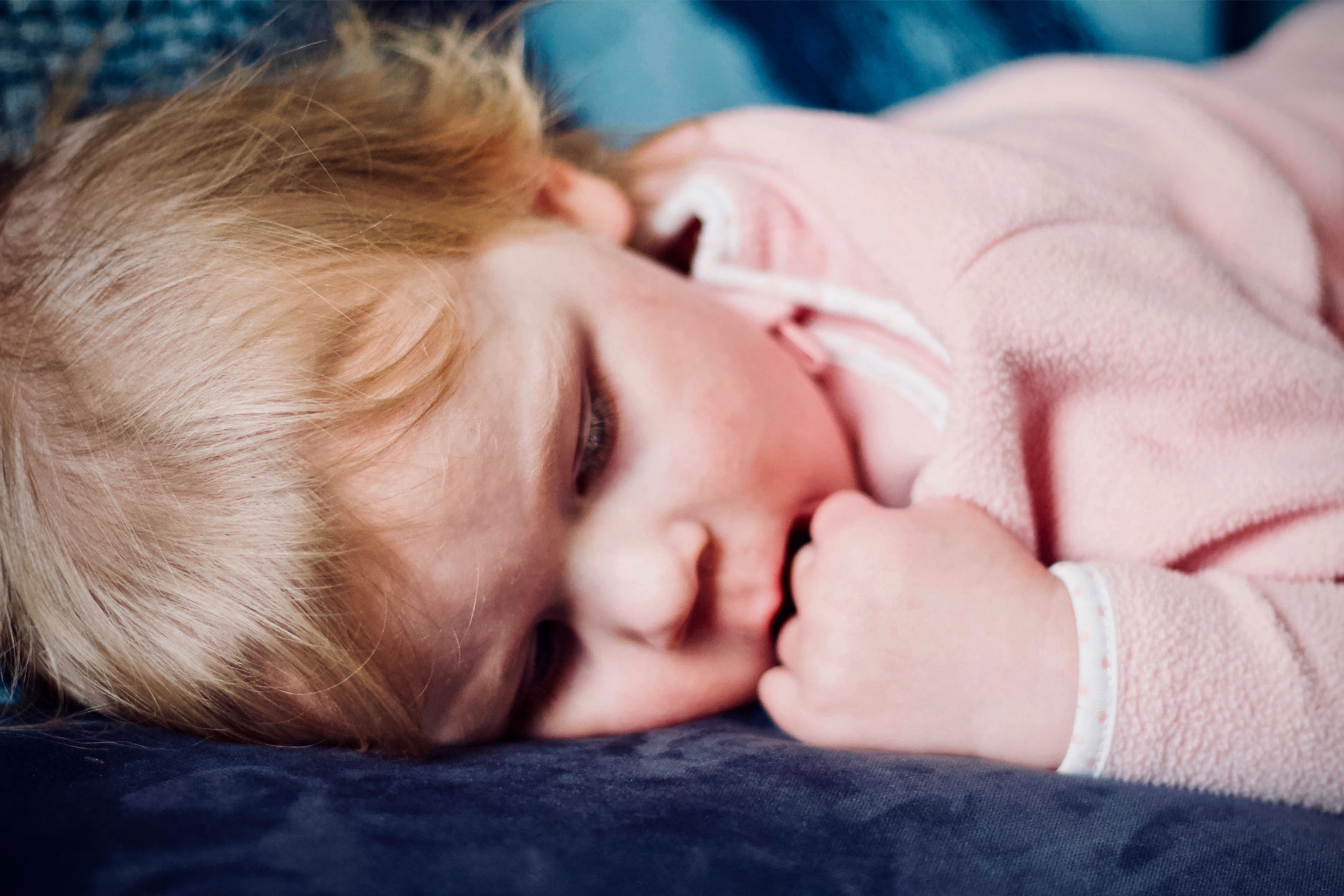
11 Apr Abdominal Pain In Children
Dr Katrina Reid and Dr Manisha Fernando offer guidance to help parents understand the many possible causes of abdominal pain.
There are many causes of stomach pain, from wind and indigestion to bowel problems and appendicitis. Most children’s abdominal pain will get better by itself without treatment, and there is often no definite cause. However, if pain persists or is severe, it is important to seek medical advice.
Causes Of Abdominal Pain
Conditions causing stomach pain include:
• Bowel problems such as constipation, irritable bowel or colic
• Problems requiring surgery such as appendicitis, bowel obstruction (blockage) or intussusception (telescoping of the bowel into itself)
• Infections such as gastroenteritis
• Non-abdominal causes such as migraine or muscle strain
• Food poisoning or illness from ingestion of abnormal/unusual substances, especially among toddlers
• Dietary issues such as food intolerance or over-eating
• Menstruation-related pain in older girls
• Viral illnesses that can cause stomach pain due to enlarged lymph glands in the abdomen
Symptoms
Abdominal pain can start suddenly or develop slowly. Infants and young children may cry and draw their knees to their chest and present with symptoms such as vomiting, diarrhoea and/or fever.
Diagnosis
Your doctor may be able to make a diagnosis by asking questions and performing a physical examination, particularly of the abdomen. Tests may be required to confirm the diagnosis, including urine, stool and blood tests and abdominal X-rays.
If conditions such as appendicitis or intussusception are suspected, your child will be referred to an emergency department for further tests and specialist assessment.
Treatment
Treatment depends on the cause, and may range from avoiding certain foods, to bed rest, increased fluid intake or abdominal surgery. Treatments to try at home include:
• Encouraging your child to lie down and rest
• Offering clear fluids and plain foods. Don’t force children to eat if they aren’t hungry
• Placing a heat pack (not too hot) on the abdomen to help relieve crampy pains
• Encouraging your child to sit on the toilet – passing wind or a bowel action may help relieve pain
Appendicitis
Appendicitis is caused by obstruction and infection of the appendix, a small tube leading from the large bowel. It can occur at any age, although it is unusual in very young children (under 12 months of age). Appendicitis causes pain that usually starts in the middle of the stomach. As the condition worsens, the pain moves to the lower right side of the stomach. A child with appendicitis usually shows other signs of illness such as fever, refusing food or vomiting. Appendicitis usually requires surgery to remove the appendix. While most stomach pain is not appendicitis, always check with your doctor if you think your child might have it.
Recurring Abdominal Pains
Some children suffer ongoing episodes of abdominal pain, caused by conditions such as constipation, food intolerances/allergies and inflammatory bowel problems such as Crohn’s disease. However, a very common cause of recurring abdominal pain in children is worry. Signs include children regularly developing stomach pain in the morning before school that doesn’t stop them eating or playing later, or if the pain occurs when someone in the household is upset or angry. Worry pains tend to resolve when the stress causing them settles, but it is important to consult your doctor about recurring stomach pain to rule out other causes.
Seeking Urgent Medical Advice
Most abdominal pain in children is mild and self-limiting, but it is important to seek medical advice for severe pain, or pain that doesn’t resolve with simple treatments, such as when:
• Pain is severe and persists for a prolonged period
• Your child has a high fever (higher than 38.5°C)
• Your child has a rash or appears very pale or lethargic (floppy and very tired)
• Your child has persistent vomiting, or green vomit
• There is blood in your child’s vomit or stools
• Your child refuses to eat or drink, is not passing much urine, or your infant has significantly reduced wet nappies
• Your child has swelling of the abdomen or lump(s) in the groin
• Your child has pain when they pass urine
• The pain follows abdominal injury (such as a sports injury)
• There is pain in the scrotum, testicles or groin
• Your child does not seem to be getting better
Note: This article provides general health information and in no way constitutes medical advice. Ideas and information expressed may not be suitable for everyone. Readers seeking medical advice should contact their own doctor.
Dr Manisha Fernando and Dr Katrina Reid are GP mothers who write about paediatric, prenatal and pregnancy health.
Words by Dr Manisha Fernando + Dr Katrina Reid

